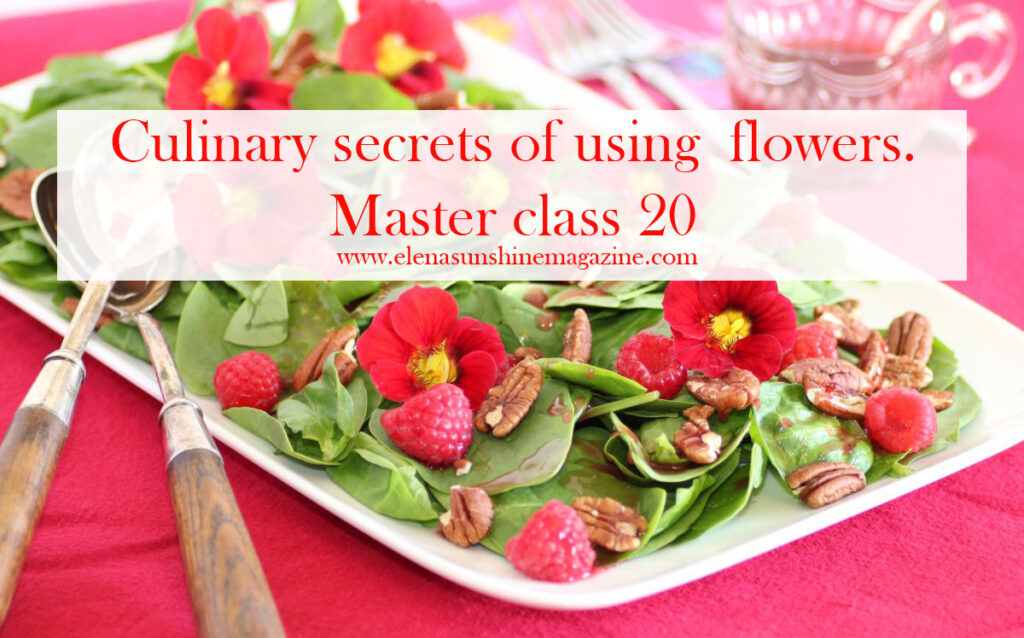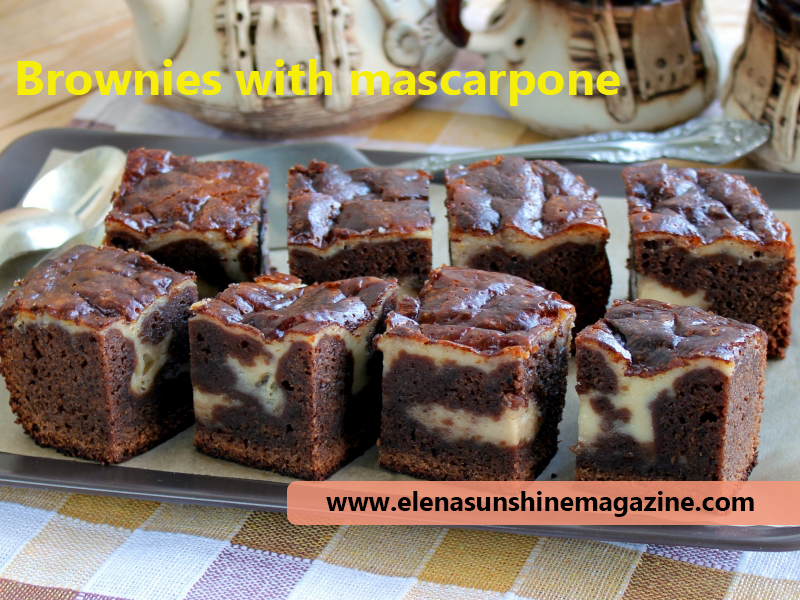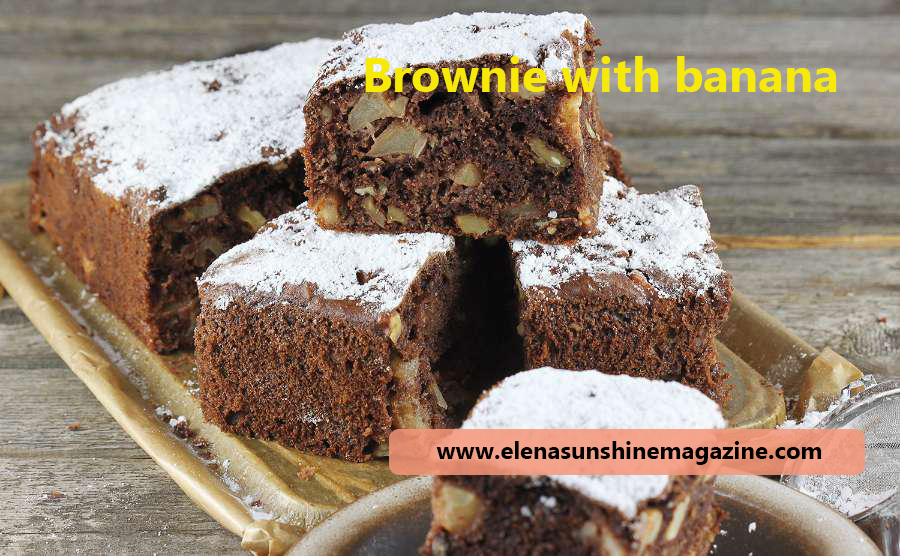You will be surprised, but many more colors are suitable for food than you can imagine. Flowers have been used in cooking for a very long time.Culinary secrets of using flowers.
Today, flower buds are used in haute cuisine to decorate dishes and as a piquant additive that gives dishes a special sophistication. Flowers have found their development in cooking primarily thanks to desserts and drinks.
Which flower do we use most often in everyday life? Every second person will answer – a daisy. And all thanks to its medicinal properties. In addition, it will not be difficult to find a flower in the summer. And in winter they save stocks in the form of dry inflorescences.

To arrange a meal beautifully is a minute of effort in the name of a hundredfold pleasure that the right slices melt in your mouth with a completely different energy. That the red dish seems sweeter, and the yellow color gives the illusion of sourness.
(1)”The biodiversity of ornamental and wild species with edible flowers is one of the most promising resources for gastronomic innovation aimed at offering new tastes and new combinations of flowers with other foods (including vegetables and meat, fish and types of beer and wines). Their nutraceutical potential benefits human health also in terms of a psychological impact by combining the beauty of flowers with their tastiness. Future studies will increasingly underline the nutraceutical potential of the various species of flowers that can prevent certain pathologies and thus be part of “personalized diets” aimed at specific health problems.”
1. Cold dessert with chamomile. Culinary secrets of using flowers.
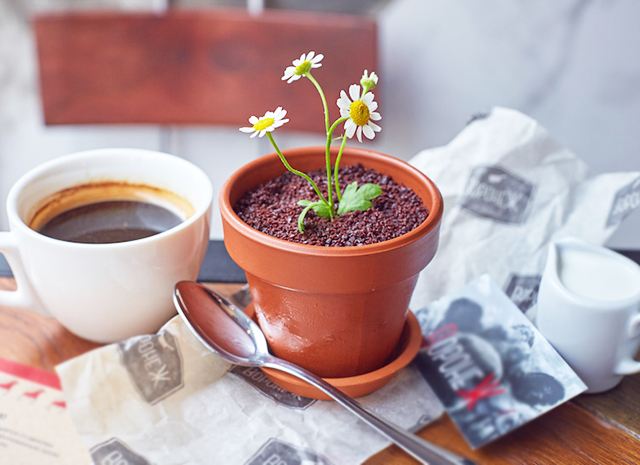
Interestingly, this symbol of romance is used not only to maintain health, but also as a gastronomic pleasure. Sweet sorbet with chamomile and lemon is proof of that. This dessert will not only surprise with its taste qualities, but also contribute to improving digestion. The perfect end to a light dinner!
Ingredients:
Water 4 cups
Lemon 1 pc.
Chamomile flowers 2 tablespoons
Liquid honey 2 tablespoons
Sugar 6.35 oz

Instruction:
Cooking time 45 minutes
1. Boil water in a medium-sized saucepan. Turn off the heat, add honey, sugar and dried chamomile flowers.
2. Squeeze out the juice of one half of a lemon, pour it into the rest of the ingredients. Also add 1 tsp lemon zest. Mix thoroughly.
3. Cover the saucepan with a lid and leave to cool completely. When the liquid has cooled, strain it through a sieve so that there is no chamomile left in it. Then put it in the refrigerator for 40 minutes.
4. Pour the broth into a plastic container and send it to the freezer. Every 10-20 minutes, take out the container with sorbet and mix until solidified. If you have an ice cream container, this will make the task much easier.
5. Before you treat yourself to dessert, send it from the freezer to the refrigerator for 15 minutes — slightly melted sorbet is much tastier!
2. Almond tortillas with lilac. Culinary secrets of using flowers.
Cooking recipes with flowers are very beautiful, delicious and healthy! This time it’s time for flower desserts. Get ready for the temptations!
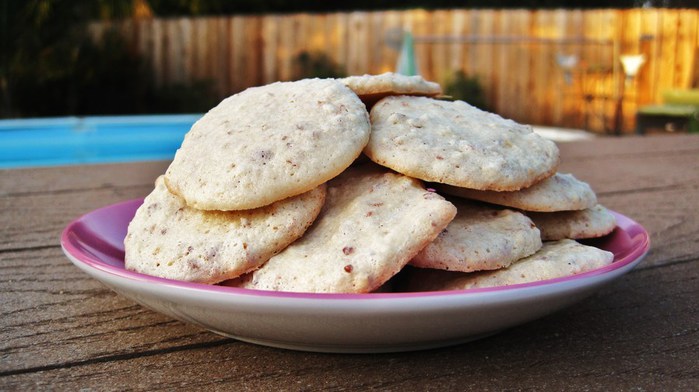
Ingredients:
Flour 17.64 oz
Sugar 2 tablespoons
Baking powder 1/2 teaspoon
Baking soda 1/2 teaspoon
Salt to taste
Butter 1 tablespoon
Sour cream with a fat content of 20% 7.0 oz
Seeds of half a vanilla pod
Chopped roasted almonds 2 tablespoons
Lilac flowers 1 cup
Instruction:
Cooking time 30 minutes
Mix flour, sugar, baking powder, baking soda and salt. Cut the butter into small cubes and mix them with the dry mixture until crumbs form.
Mix sour cream, vanilla seeds, almonds and lilac flowers. Add to the prepared mass, quickly knead the dough by hand.
Dust the table with flour. Roll out the dough into a thin layer. Cut the dough into triangles, transfer them to a baking sheet lined with baking paper. Lightly sprinkle with sugar. Bake at 356F, about 12-15 min.
3.Green salad with flowers and avocado
And the recipe today is one of the most frequent salads on my table, for which I grow pansies and nasturtium on the window. The whole secret is in the gas station. And of course, in the life-giving energy of floral ingredients.

Ingredients:
Ripe avocado 1
Lemon 1/2 piece
Salt to taste
Any green leaves of your choice, it’s better all at once: lettuce, arugula, spinach, watercress, basil, parsley, sorrel, dill.
Petals of edible flowers of the size of 3 tablespoons
Mustard seeds to taste
For refueling:
Cups of red wine vinegar 2 tablespoons
Extra virgin olive oil 2 tablespoons
Dijon mustard 1/2 tablespoon
Honey 2 teaspoons
Dry dill 1/2 teaspoon
Garlic 1 clove
Salt and freshly ground black pepper
How to cook:
Cooking time 15 minutes
Cut the avocado in half. Remove the bone. Put the pulp with a spoon and mash with a fork, sprinkle with lemon, salt and put on a plate over the entire surface.
Rinse the green leaves and flowers thoroughly with water, put the flowers aside for now.
Carelessly tear the leaves with your hands.
Mix the dressing ingredients.
Put the lettuce leaves in a sealed transparent plastic bag, pour the dressing into it, tie it securely and shake it so that the dressing mixes with the leaves.
Put the greens on top of the avocado, sprinkle the flowers on top and serve immediately. Bon Appetit!
ATTENTION: even with well-known edible flowers, it is better to be careful. Add them little by little so that they do not cause allergies. Of course, you can not eat flowers even if the garden has been recently treated with pesticides.
(2) – “In conclusion, edible flowers – ornamental and wild – have the potential of providing an important “ecosystem service” to satisfy the growing desire for new organoleptic discoveries that are healthy both from a biological and psychological point of view.”
(1),(2)-The Biodiversity of Edible Flowers: Discovering New Tastes and New Health Benefits. Stefano Benvenuti and Marco Mazzoncini; Published online 2021 Feb 22.

